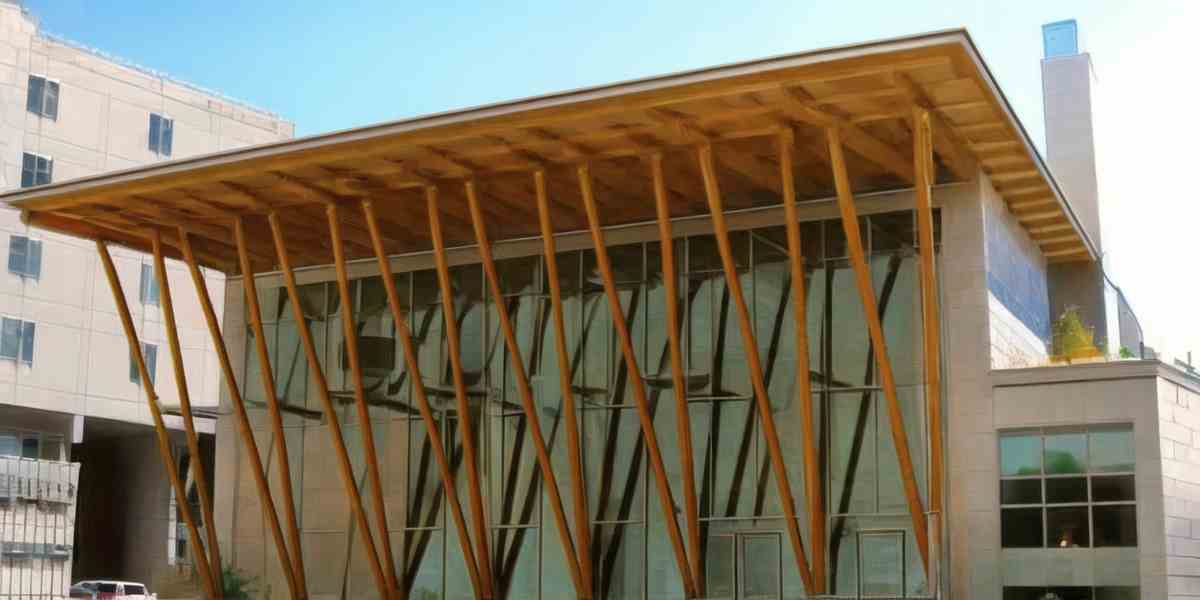SUNY College of Environmental Science and Forestry
2024 USNews Best Colleges Ranking: 115(↓10) (Click for schools/majors ranking)
Abbreviation/Alias: ESF
School Characteristics: Private (4-Years)
Calendar systerm: Semester
Religious Affiliation: Not applicable
School Chief: Joanne Mahoney (President)
Website: www.esf.edu/; Phone: 3154706500
Location: One Forestry Dr., Syracuse, NY, 13210

SUNY College of Environmental Science and Forestry Important Facts
SUNY College of Environmental Science and Forestry Degrees and Majors
SUNY College of Environmental Science and Forestry Ranking and Admission
SUNY College of Environmental Science and Forestry Admission Score Requires
*Numbers at left represent SAT/ACT submitting percentage, numbers on blue blocks represent 25%-75% admission scores
**Drag green block to check data for different years, click blue block to check scores trends
SUNY College of Environmental Science and Forestry Students Diversity
SUNY College of Environmental Science and Forestry Students Age Distribution
SUNY College of Environmental Science and Forestry International Students Trends
SUNY College of Environmental Science and Forestry Campus and Safety
Nearby Top Colleges
Campus Safety
Reference
- SUNY College of Environmental Science and Forestry Official Website
- USNews Best Colleges Ranking
- USNews Bset Global Universities Ranking
- THE World University Ranking
- QS World University Ranking
- ARWU World University Ranking
- US Department of Education College Scorecard
- National Center for Education Statistics
- Forward Pathway US College Ranking Database
 SUNY College of Environmental Science and Forestry Important Facts Trends
SUNY College of Environmental Science and Forestry Important Facts Trends
 SUNY College of Environmental Science and Forestry degrees/majors
SUNY College of Environmental Science and Forestry degrees/majors
SUNY College of Environmental Science and Forestry major details
*Depends on whether majors have graduates in 2022 or not, Yes / No
**Move mouse on can check deitaled graudates number, click for major detailed information
***Due to privacy policy, graduate salaries are not shown for some majors that has few gradautes
| Major | Graduate Salary | Associate | Under | Master | Doctor |
|---|---|---|---|---|---|
| Natural Resources/Conservation, General. | $50,197 | ||||
| Environmental Studies. | $50,197 | ||||
| Environmental Science. | $50,197 | ||||
| Natural Resources Conservation and Research, Other. | $50,197 | ||||
| Environmental/Natural Resources Management and Policy, General. | $53,685 | ||||
| Energy and Environmental Policy. | $53,685 | ||||
| Forest Sciences and Biology. | $45,013 | ||||
| Forest Management/Forest Resources Management. | $45,013 | ||||
| Forest Technology/Technician. | $45,013 |
| Major | Graduate Salary | Associate | Under | Master | Doctor |
|---|---|---|---|---|---|
| Biochemistry. | - | ||||
| Wildlife Biology. | $38,347 | ||||
| Biotechnology. | - | ||||
| Aquatic Biology/Limnology. | $37,964 | ||||
| Environmental Biology. | $37,964 | ||||
| Conservation Biology. | $37,964 | ||||
| Biological and Biomedical Sciences, Other. | - |
| Major | Graduate Salary | Associate | Under | Master | Doctor |
|---|---|---|---|---|---|
| Bioengineering and Biomedical Engineering. | - | ||||
| Environmental/Environmental Health Engineering. | - | ||||
| Construction Engineering. | - | ||||
| Paper Science and Engineering. | - |
| Major | Graduate Salary | Associate | Under | Master | Doctor |
|---|---|---|---|---|---|
| Landscape Architecture. | $59,903 |
| Major | Graduate Salary | Associate | Under | Master | Doctor |
|---|---|---|---|---|---|
| Construction Management, General. | - |
| Major | Graduate Salary | Associate | Under | Master | Doctor |
|---|---|---|---|---|---|
| Chemistry, General. | - | ||||
| Environmental Chemistry. | - |
| Major | Graduate Salary | Associate | Under | Master | Doctor |
|---|---|---|---|---|---|
| Surveying Technology/Surveying. | - |
| Major | Graduate Salary | Associate | Under | Master | Doctor |
|---|---|---|---|---|---|
| Sustainability Studies. | - |
 SUNY College of Environmental Science and Forestry Schools/Majors Ranking
SUNY College of Environmental Science and Forestry Schools/Majors Ranking
Under Ranking (2024)
*Rankings have been updated to 2025USNews schools/majors ranking, rankings are for reference only
*numbers in bracket represent rankings change compare to last version
 SUNY College of Environmental Science and Forestry Varsity Athletes
SUNY College of Environmental Science and Forestry Varsity Athletes
| USCAA | MEN | WOMEN |
|---|---|---|
| Soccer | 27 | 22 |
| Cross Country | 21 | 18 |
| Track and Field (Indoor) | 21 | 13 |
| Basketball | 13 | - |
| Golf | 10 | - |
| Other Sports | 7 | - |
| USCAA | MEN | WOMEN |
|---|
| USCAA | MEN | WOMEN |
|---|---|---|
| Soccer | 27 | 22 |
| Track and Field, X-Country | 21 | 18 |
| Track and Field, Indoor | 21 | 13 |
| Basketball | 13 | - |
| Golf | 10 | - |
| Other Sports | 7 | - |

 SUNY College of Environmental Science and Forestry Important Facts Trends
SUNY College of Environmental Science and Forestry Important Facts Trends
















































































































































































































































































































































































































































